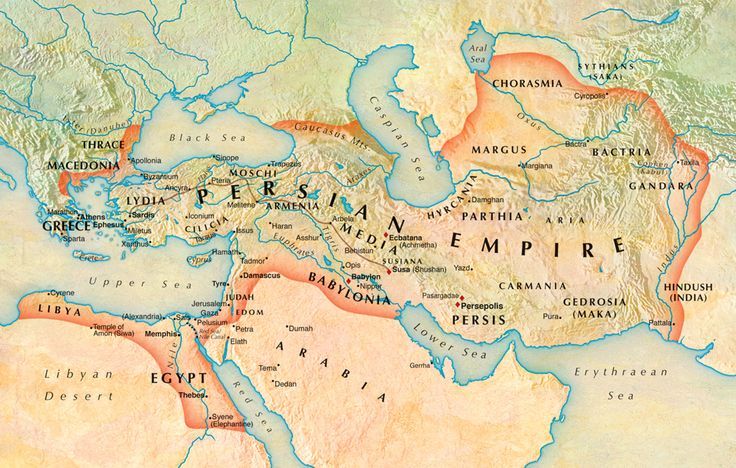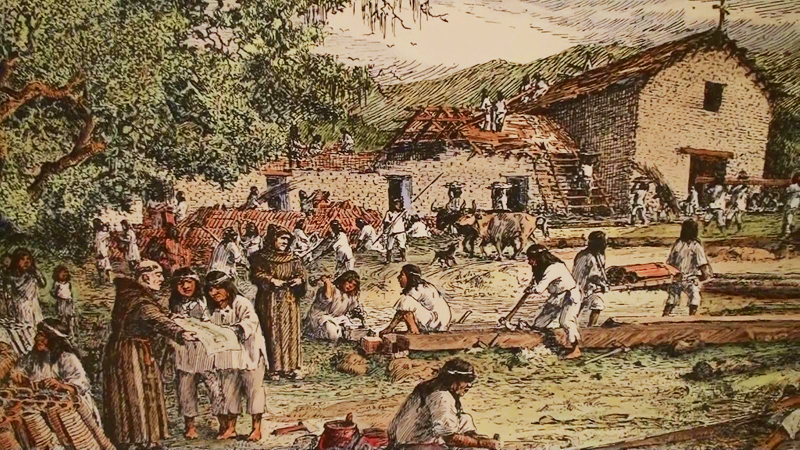Walnut History
Throughout The Ages
Walnut history is rich and dates back thousands of years. The walnuts we eat today, such as the Chandler Walnut were introduced in the second half of the twentieth century and bear little resemblance to the species of old. What is clear is that ancient peoples prized walnuts and have been cultivating them for thousands of years.
The Origin of the Walnut
Most historians consider Persia to be the origin of the walnut, but there is some dispute. Walnut have appeared in the archeological record as far east as the Himalayas and as far west as France. In fact, walnuts appear in the archaeological record beginning 17,000 years ago in southern France, but no historian thinks they originated there.
By all accounts the walnut originated in central Asia, where it can be found in the wild and also in a semi-cultivated state. From there it spread to the Caucasus, China, Persia and finally to Europe.
Historians believe that walnuts contributed to the diet of early tribes of hunter-gatherers. The walnut would have spread farther in Europe were it not for the last glacial epoch, which restricted its propagation.

Ancient Persia
Early Cultivation of the Walnut
“Modern” walnut history begins around 7000 years ago with cultivation. Around this time different neolithic peoples began to cultivate the walnut intentionally.
These early attempts at cultivation were not documented, however. The first documented account of the walnut and their cultivation appears in the Code of Hammurabi, which dates to 1754 BC.
There is also evidence that the walnut was cultivated in the famous Hanging Garden of Babylon.

Persia &
Alexander The Great
In Persia the walnut was referred to as the “Royal Nut” and only consumption by royalty was permitted. Although it is clear that the Greeks cultivated the walnut before encountering the Persians, the Persian nut was larger and superior.
The Greeks then improved their variety using bring Persian cultivars back to Greece.
Theophrastus wrote in Enquiry into Plants that Alexander the Great introduced the walnut to Greece from Persia, where it become known as the “Persian Nut”.
The walnut would continue to be known as the Persian Nut for another millennia until the appearance of English traders.
Walnut History In Greco-Roman Times
The name juglans regia is the scientific name for the walnut and is still in use today. In latin it means “glands of Jupiter”. The Romans literally called the walnut the “royal nut of Jupiter”. They thought the walnut possessed aphrodisiac qualities. While we may laugh at the notion today, it is important to note that walnuts are still recommended as a food that can improve a man’s sperm count. It is entirely possible that the Romans were not mistaken. Roman biographer Plutarch stated that the walnut tree “affects the heads of those who sleep beneath it, sending forth a heavy and drowsy spirit”. No such drowsy effect has been found in any walnut varieties.
In the first century Pliny the Elder, author of Natural History, wrote his version of walnut history. He stated that the tree originated from Persia and has many uses beyond just as a food. They were used for dying wool, to freshen breath after eating onions, and to protect oneself against poisons. He wrote how the groom would scatter walnuts among the other young people at weddings while they sang obscene songs.
A seminal moment in walnut history was its discovery in the ruins of Pompeii. Walnuts were found among other foods on a table in the Temple of Isis on August 24, 79 AD when Mount Vesuvius erupted and destroyed Pompeii.
Medical Uses For Walnuts in Greco-Roman Times
When examining walnut history, we find it is filled with mentions of its use as a remedy. Dioscorides, Greek author of Materia Medica, a five volume medical encyclopedia, mentions the walnut several times. He laid out a number of conditions that could be remedied by consuming walnuts mixed with other ingredients.
During the next two milenia, many of these recommendations would appear repeated in different medical works.
In the eleventh century, for example, the Persian physician Ibn Sīnā wrote in his medial treatise, Canon of Medicine, many of the same remedies given by Dioscorides more than a thousand years earlier.
He also wrote that walnuts could be preserved for extended periods of time by applying a coating of sugar.
| Ailment | Remedy |
|---|---|
| Counteract poisons | Walnuts, rue and figs |
| Inflammation of the breasts, abscesses, dislocations | Walnuts, rue and honey |
| Heal dog bites | Walnuts, onions, and salt |
| Alleviate colic | Burn walnuts |
| Cure bald spots on infants | Burn walnut kernels, ground with wine and oil, apply to the infant’s head |
| Cure gangrene, carbuncles, hair loss | Apply chewed walnuts as a plaster to the affected area |
| Remove bruises on the body | Mix walnuts with garlic and apply to the body |
China & The Silk Road
There are no written records that explain the walnut’s arrival in Kashmir, but walnuts had an established presence there. Historians believe that from Kashmir the walnut was introduced to China during the Han dynasty at some point between 206 BC to 220 AD.
Walnuts and their seeds were traded along the Silk Road. Genetic sampling of 39 walnut forests across Asia indicates a shared lineage that could only have originated by human intervention.
Keith Woeste, a research geneticist for the U.S. Department of Agriculture’s Forest Service, also writes about walnut history. He speculates that Silk Road traders planted these walnut forests as as a long-term agricultural investment. Here at Chandler Orchards we are proud to carry on a 2000 year tradition of walnut growing as an investment.

A Switch In Focus
In the 1700s there was a shift in focus as authors began to look at at walnuts not just as medicine but for its varied food applications. Walnuts were easily preserved, cheap, and no longer consumed only by the upper classes. They were incorporated into salads, sauces, soups, pies, etc.
English Traders
Walnuts arrived to European ports by way of English merchant marines. Since in-shell walnuts conserve for up to 6 months at room temperature, they were ideally suited for old world trade routes. No longer traded only over land, they began to appear in ports worldwide by way of the English.
Interestingly enough, walnuts were never cultivated commercially in England despite being known as the “English Nut”.
Arrival In The Americas

A Franciscan Mission In Southern California
The Franciscans introduced walnuts to the New World in the late 1700s. Walnuts thrived in the initial plantings in Southern California. Large commercial orchards later spread to northern California and California’s Central Valley region, which is responsible for most of the walnut production in the United States. Today the U.S. is the world’s largest exporter.
In the latter half of the 20th century, walnuts were brought from California to Chile and Argentina, where it has thrived. Chile is now the third largest walnut exporting country in the world. In Argentina walnuts are grown primarily in the provinces of Mendoza and La Rioja.
We hope you’ve enjoyed learning about walnut history. Learn more about growing walnuts in our guide: Growing Walnuts: The Definitive Guide or about Investing in Walnut Farmland.


